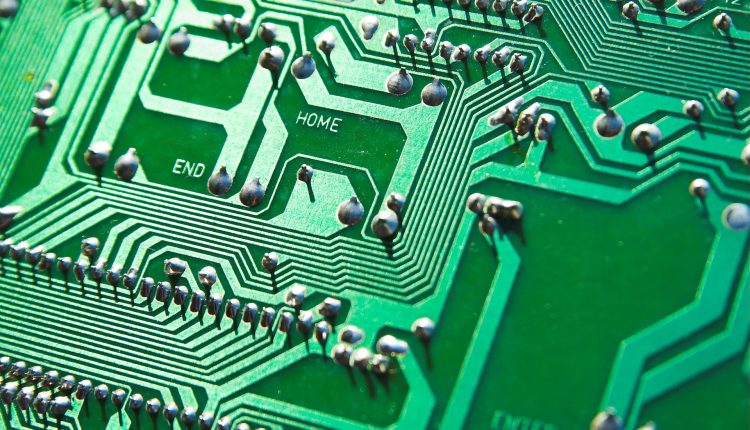We Can Build Them Smaller, Faster, Greener—But Are We?
When we really think about it, from the smallest chip to the largest data center—there’s a carbon price tag. For several decades, technology has been about building smaller, faster, more powerful devices – without consideration of the overall environmental impact. Researchers at the Harvard John A. Paulson School of Engineering and Applied Sciences (SEAS) are trying to change that.
Udit Gupta, a Ph.D. candidate in Computer Science at SEAS wanted to learn about the environmental impact of these devices and how to adopt more sustainable practices. SEAS research is part of a collaboration with Facebook, where Gupta is an intern, along with the Arizona State University.
The team explored every aspect of computing, from chip architecture to data center design. They also mapped the entire lifetime of a device, from manufacturing to recycling, to identify the stages where the most emissions occur. Most emissions related to modern mobile and data-center equipment come from hardware manufacturing and infrastructure.
Today’s chips are optimized for size, performance, and battery life. The typical chip is about 100 square millimeters of silicon and houses billions of transistors. Yet only a portion of that silicon is really used. If all the transistors were fired up at the same time, the device would exhaust its battery life and overheat. This dark silicon improves a device’s performance and battery life but it’s wildly inefficient on the carbon footprint front.
Data centers account for 1 percent of global energy consumption, a number that is expected to grow. As cloud computing continues to grow, decisions about where to run applications — on a device or in a data center — are being made based on performance and battery life, but not carbon footprint. The researchers are challenging this as well as chemicals used in manufacturing.
The goal of their research is to raise awareness of the carbon footprint associated with computing and to challenge the field to add carbon footprint to the list of metrics we consider when designing new processes, new computing systems, new hardware, and new ways to use devices.

